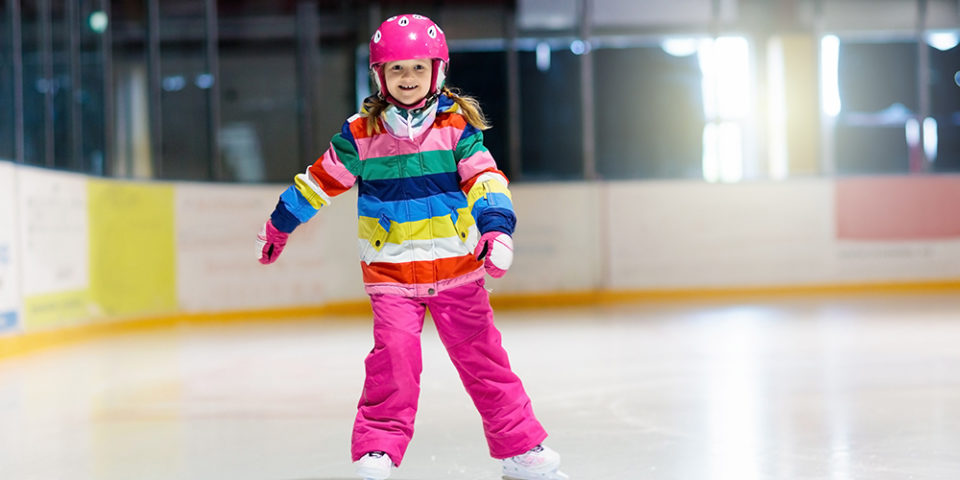Preventing winter sports injuries in children
Whether it is sledding, skiing, snowboarding or ice-skating, winter activities allow children to explore the outdoors in a way that no other season can offer. When your children suit up in their winter gear and head out in the snow, make sure you plan ahead, preventing winter sports injuries during colder months.
Madison Merritt, MD, pediatric physician, said the most common factors contributing to winter sports fatalities include excess speed, loss of control and collisions with stationary objects. She offered some steps parents can take to keep children safe and healthy during the colder months.
How to keep kids safe during winter sports
Here are a few general safety tips for all winter sports and activities:
- Dress children in lightweight wind- and water-resistant layers.
- Set reasonable time limits on outdoor play.
- Take frequent breaks to warm up.
- Stay hydrated by drinking plenty of water before, during and after activities.
- Wear sunscreen, even in the winter.
- Have your child throw out gum or candy to prevent choking in case of falls.
Safety tips for winter sledding
Sledding is one of the most popular winter activities for children. Keep in mind these safety tips before dusting off those sleds:
- Children younger than 12 should always have adult supervision.
- Sled in areas that are free of obstacles such as cars, trees and fences.
- Sled slopes should be covered with packed snow (not ice) and should have a flat runoff.
- Encourage your child to wear a helmet while sledding to reduce the chance of head injuries.
- Choose sleds that are sturdy, free of sharp edges and have a steering mechanism.
“Don’t try to use makeshift items like plastic bags or pool floats as a sled,” Dr. Merritt said. “They can be hard to steer and are easily pierced by objects in the ground.”
Proper technique can prevent serious head and abdominal injuries. Teach children to sit upright on the sled with their feet forward. Also, check the sled manufacturer’s guidelines to see how many children can ride on a sled at one time.
How to prevent injuries when skiing or snowboarding
For skiing and snowboarding, the following safety strategies are recommended:
- Be aware of your child’s ability level and enroll him/her in lessons from a qualified instructor.
- Don’t forget to warm up! Cold muscles, tendons and ligaments are more susceptible to injury.
- Invest in properly fitted boots, goggles, padding and adjusted bindings. A certified ski technician can assist with the fittings.
- Practice safety in numbers! Ski or snowboard with partners and stay within sight of each other.
Finally, one of the most important tips? Always wear a ski helmet. Research shows that helmets reduce the number of potential head injuries in skiing and snowboarding by 50%.
Tips for ice skating safely with children
For children who prefer ice skating, remember these safety tips:
- Little ones as young as 3–5 years of age can try ice skating, as long as they are steady walkers and can balance on one foot for more than 15 seconds.
- Wear skates that fit properly and provide sufficient ankle support to keep children on their feet.
- Make sure the blades are sharpened prior to skating.
- Make sure your child knows basic skating skills such as how to stop and fall safely.
- Choose designated skating rinks over frozen ponds and lakes.
- Consider ice skating during non-peak hours to avoid crowds and distractions.
With the right amount of planning and precaution, you and your children can enjoy outdoor winter activities together while staying safe and warm.
Find the care you need, close to home
Our primary care physicians provide well visits and everyday care when you need it with compassion and expertise.
Find Primary Care Near You

